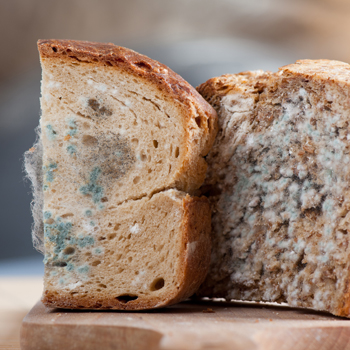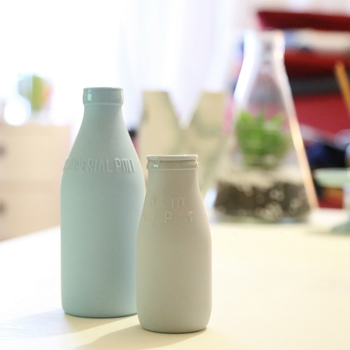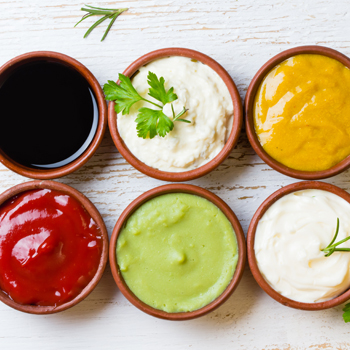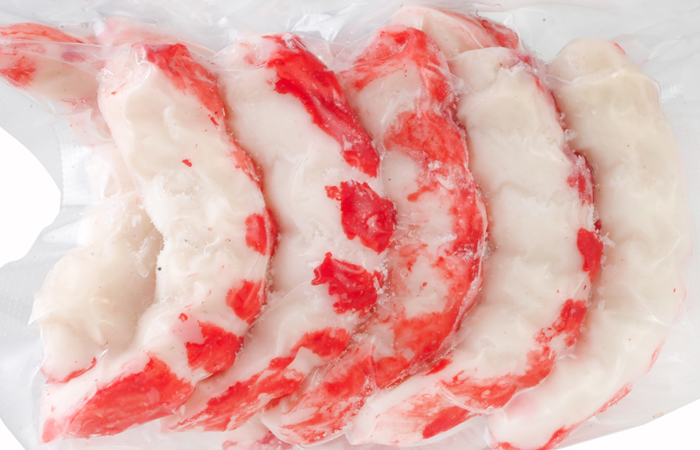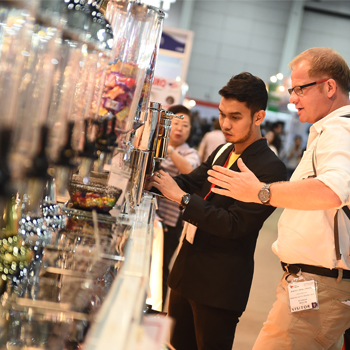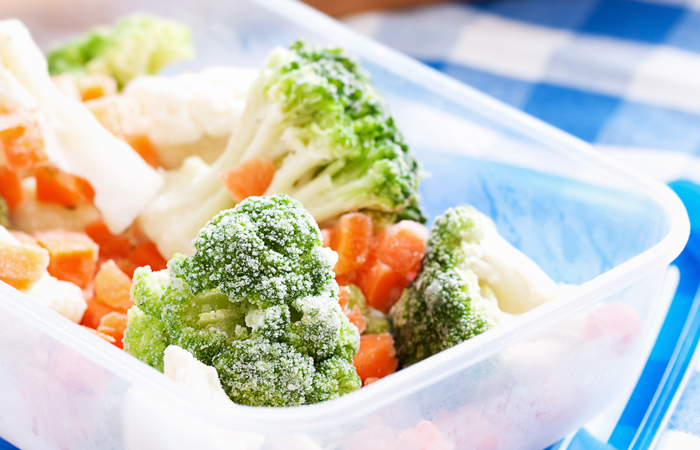29 ตุลาคม 2561
กรมส่งเสริมการค้าระหว่างประเทศ (DITP) กระทรวงพาณิชย์ ชี้โอกาสผู้ผลิตสินค้าไทยที่มีศักยภาพ เร่งพัฒนาตนเองให้เป็นหนึ่งในทางเลือกของผู้ประกอบการสหรัฐที่กำลังมองหาแหล่งผลิตใหม่แทนตลาดจีน หลังสหรัฐขึ้นภาษีนำเข้าสินค้าจากจีนเป็นร้อยละ 10 และเตรียมปรับเพิ่มเป็นร้อยละ 25 ในปีหน้า
นางสาวบรรจงจิตต์ อังศุสิงห์ อธิบดีกรมส่งเสริมการค้าระหว่างประเทศ เปิดเผยว่า กรมฯ ได้รับรายงานจากสำนักงานส่งเสริมการค้าในต่างประเทศ ณ เมืองไมอามี พบว่าหลังการประกาศขึ้นภาษีขาเข้าของสหรัฐที่เป็นตัวจุดชนวนสงครามการค้ากับจีน และส่งผลกระทบต่อนานาประเทศ ทำให้ผู้ประกอบการสหรัฐจำนวนมากพยายามย้ายแหล่งผลิตออกจากจีนทั้งที่มีการเข้าไปลงทุนเอง และที่ว่าจ้างให้ผลิต สำหรับผู้ประกอบการสหรัฐที่ว่าจ้างผลิตนั้นอาจย้ายแหล่งผลิตได้ง่ายกว่ากลุ่มที่เข้าไปลงทุนผลิตในจีนเอง และบางส่วนได้ผ่านขั้นตอนการคัดเลือกแหล่งผลิตใหม่แล้ว เว้นแต่กลุ่มที่มีแหล่งสินค้าผูกติดกับจีนหรือกำลังอยู่ระหว่างยื่นขอรับการยกเว้นจากรัฐบาล โดยผู้ประกอบการสหรัฐจำนวนมากกำลังศึกษาหาแหล่งผลิตทางเลือกใหม่จากประเทศแถบเอเชียตะวันออกเฉียงใต้ไปจนถึงเม็กซิโกที่ไม่ถูกเรียกเก็บภาษีนำเข้าเพิ่มจากสหรัฐ เพราะวัตถุประสงค์หลักของการขึ้นภาษีนำเข้าสินค้าจากจีนก็เพื่อลดปริมาณการนำเข้าสินค้าจากจีนลง จึงไม่น่าจะยอมยกเว้นให้มากนัก
“ในปี 2019 หากสหรัฐขึ้นภาษีนำเข้าสินค้าจากจีนเป็น 25% ผู้ค้าปลีกบางส่วนยืนยันว่าคงต้องผลักภาระไปให้ผู้บริโภคแน่นอน หากไม่ได้รับการยกเว้น ในขณะที่ผู้ผลิตสินค้าบางรายการเริ่มผลักภาระให้ผู้บริโภคแล้ว เช่น กระเป๋าเดินทางและกระเป๋าใส่อุปกรณ์กีฬาที่ขายในสหรัฐ ซึ่งมีแหล่งผลิตจากจีนถึงร้อยละ 70 หรือสินค้าที่เกี่ยวกับการท่องเที่ยวที่ต้องอาศัยแหล่งผลิตจากจีนถึงร้อยละ 84 โดยผู้ผลิตสินค้ายืนยันว่าการย้ายฐานการผลิตเป็นไปได้ยาก เนื่องจากประเทศอื่นๆ ไม่มีกำลังการผลิตหรือความสามารถการผลิตเทียบเท่ากับจีน นอกจากนี้ยังมีจักรยานที่นำเข้าจากจีนถึงร้อยล 92% เนื้อปลานิลแช่แข็งร้อยละ 85 ผู้ประกอบการชาวสหรัฐส่วนใหญ่กำลังมองหาแหล่งผลิตสินค้าและวัตถุดิบจากประเทศอื่น แต่ยังต้องคำนึงถึงสัดส่วนกำไรที่น้อยลงและความเชี่ยวชาญในกิจการนั้นๆ ด้วย” นางสาวบรรจงจิตต์ กล่าว
นางสาวบรรจงจิตต์ กล่าวเสริมอีกว่า สินค้าที่กำลังเข้าแถวรอการปรับอัตราภาษีขึ้นจากร้อยละ 10
เป็นร้อยละ 25 ในปีหน้าแบ่งตามหมวดหมู่ใหญ่ๆ ได้แก่ สารอินทรีย์เคมี ปลา สารเคมี ฝ้าย กระดาษ อุปกรณ์และชิ้นส่วนประกอบเครื่องจักรยานยนต์ อุปกรณ์ปฏิกรณ์นิวเคลียร์ อาหารพืชผัก รวมกันแล้วกว่า 5,745 รายการชนิดสินค้า ซึ่งหลายชนิดสินค้าในรายการนี้ ผู้ประกอบการไทยสามารถแข่งขันกับนานาชาติได้ และถือเป็นโอกาสดีของผู้ประกอบการไทยที่มีศักยภาพต้องเร่งพัฒนาตนเองให้เป็นหนึ่งในทางเลือกของผู้ประกอบการสหรัฐ ที่ยังมองหาแหล่งผลิตใหม่มาทดแทนแหล่งผลิตจากจีน
หากสหรัฐขยายกรอบการเพิ่มภาษีขาเข้าสำหรับสินค้าจีนไปยังสินค้าอื่น เช่น รองเท้าเด็ก เสื้อผ้าเด็ก ที่มีมูลค่าถึง 2.67 แสนล้านเหรียญสหรัฐ ผู้ประกอบการสหรัฐก็ต้องเร่งหาแหล่งผลิตสินค้าใหม่ ซึ่งสำหรับบางรายที่ลงทุนและใช้แหล่งการผลิตจากจีนมาเป็นเวลานานกว่า 10 ปี การจะย้ายฐานการผลิตสินค้าต้องใช้เวลานาน หรืออาจไม่สามารถย้ายฐานการผลิตได้เลย หากมีการขยับภาษีนำเข้าเป็นร้อยละ 25 บริษัทเหล่านี้ก็จำเป็นต้องผลักภาระให้ผู้บริโภครับไว้ในที่สุด
นางสาวบรรจงจิตต์ กล่าวทิ้งท้ายว่า แม้ประเทศไทยได้รับผลกระทบจากสงครามการค้าได้ไม่นาน
แต่กรมส่งเสริมการค้าระหว่าประเทศ ก็ไม่ได้นิ่งนอนใจ ได้มีการวางแผนจัดทำแผนยุทธศาสตร์เพื่อพลิกวิกฤตสงครามการค้าเป็นโอกาสของสินค้าไทย โดยได้สั่งการให้สำนักงานส่งเสริมการค้าในต่างประเทศ ศึกษาโอกาสที่ไทยจะเข้าไปทดแทนในการผลิตสินค้าที่จีนส่งไปสหรัฐไม่ได้ และสินค้าที่สหรัฐส่งไปจีนไม่ได้ รวมทั้งหาตลาดศักยภาพใหม่ๆ เพื่อกระจายความเสี่ยง รวมทั้งฝากถึงผู้ประกอบการไทยทั้งรายย่อยอย่าง SME และ Startup จนถึงรายใหญ่ พัฒนาศักยภาพการผลิตสินค้าของไทย เพื่อเพิ่มโอกาสในการส่งออก เพราะเศรษฐกิจของไทยยังคงพึ่งพาการส่งออกเป็นหลักในการขับเคลื่อนเศรษฐกิจของประเทศ
สำหรับผู้สนใจสามารถสอบถามรายละเอียดได้ที่กรมส่งเสริมการค้าระหว่างประเทศ (DITP) กระทรวงพาณิชย์ www.ditp.go.th หรือโทรสายตรงการค้าระหว่างประเทศ 1169

